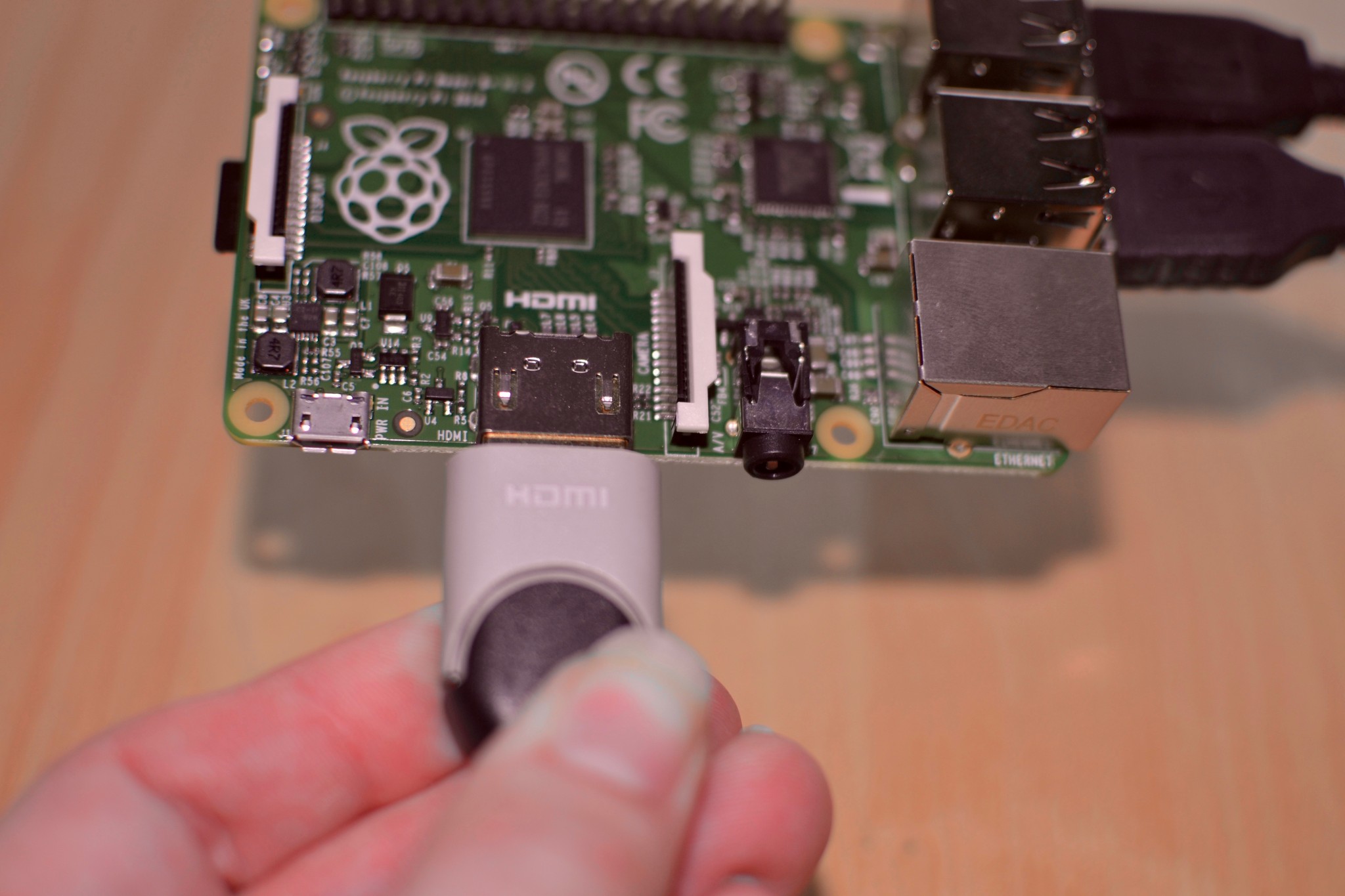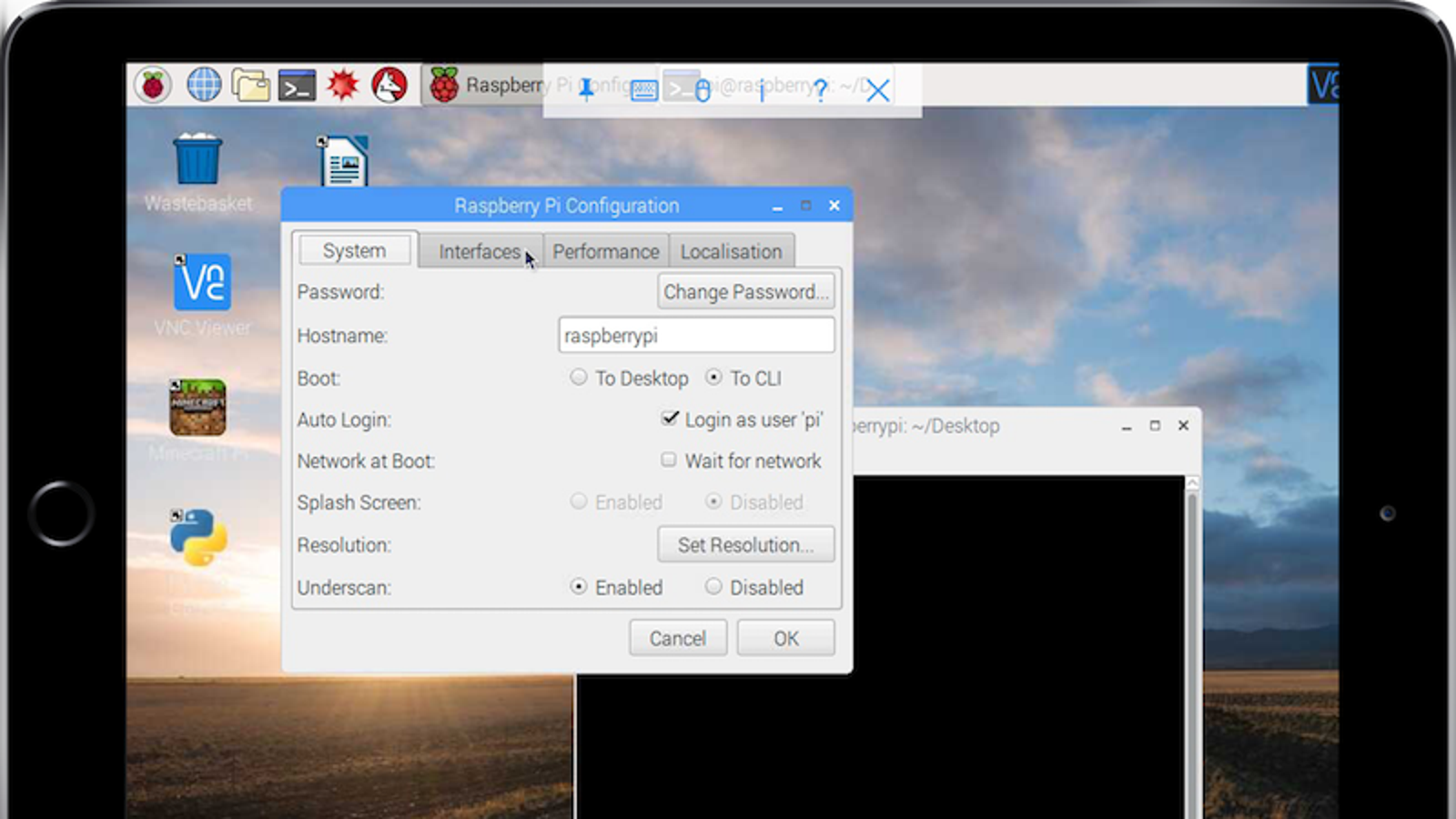Unlock Your Pi: Remote Access From Anywhere, Securely
Table of Contents:
- Introduction
- Why Remote Access to Your Raspberry Pi Matters
- The Traditional Challenges of Remote Pi Access
- Raspberry Pi Connect: The Official, Effortless Solution
- Alternative Secure Methods to Connect to Raspberry Pi from Anywhere
- VPN and SSH: Advanced But Robust Solutions
- Security Best Practices for Remote Pi Access
- Choosing the Right Method for Your Needs
- Conclusion
Introduction
Have you ever found yourself away from home, suddenly needing to access your Raspberry Pi computer? Perhaps you're working on a project, troubleshooting an issue, or simply want to check on a running script. The ability to connect to your Raspberry Pi from anywhere in the world isn't just a convenience; it's a game-changer that unlocks the full potential of this versatile single-board computer. For years, setting up remote access involved navigating complex network configurations like port forwarding or SSH tunneling, often presenting security risks and technical hurdles.
Fortunately, the landscape of remote access for Raspberry Pi has evolved significantly. New, more secure, and user-friendly solutions have emerged, making it easier than ever to maintain control over your Pi, whether it's sitting on your desk or thousands of miles away. This comprehensive guide will explore the most common, easy, and secure methods available today, ensuring you can access your Raspberry Pi remotely over the internet without compromising on security or simplicity. By the end, you'll know exactly how to confidently and reliably connect to your Raspberry Pi from anywhere.
- Diva Flawless Porn Video Hd
- Pr Moviesin
- Fionn Ivan Patrick Morrison
- Anjali Arora Viral Nude Video
- Stree2 Movie Download Filmyzillacom
Why Remote Access to Your Raspberry Pi Matters
The Raspberry Pi is a remarkably powerful and adaptable device, capable of handling everything from home automation and media servers to web development and scientific experiments. However, its true utility often hinges on accessibility. Imagine having a weather station powered by a Pi in your garden; without remote access, you'd have to physically go to it every time you wanted to check data or make an adjustment. Or consider a Pi running a critical server application; being able to troubleshoot issues remotely can save significant time and effort, preventing minor glitches from becoming major outages.
The core benefit of being able to connect to your Raspberry Pi from anywhere is unparalleled flexibility. It transforms your Pi into a versatile remote workstation, allowing you to:
- Work on Pi projects away from home or while traveling, picking up exactly where you left off.
- Troubleshoot issues with your Pi without physical presence, diagnosing and resolving problems from your laptop or even a smartphone.
- Monitor sensors, cameras, or other connected devices from afar, providing peace of mind and real-time data.
- Access files, run commands, or update software on your Pi remotely, keeping your system current and functional.
- Provide remote support for family or friends' Pi setups, becoming their go-to tech expert without leaving your chair.
- Run long-duration tasks or experiments on your Pi, then check their progress or retrieve results from any internet-connected device.
This capability ensures your projects are always within reach, empowering you to manage, monitor, and interact with your Raspberry Pi whenever and wherever inspiration strikes or necessity calls. It truly unlocks the full potential of your Raspberry Pi, making it a more powerful and integrated part of your digital life.
The Traditional Challenges of Remote Pi Access
For a long time, connecting to a device on a home network from outside that network was a task fraught with technical complexities and potential security vulnerabilities. The internet, by default, isn't designed to easily let external devices "see" and connect to internal ones directly, especially when your home router acts as a protective barrier (a firewall and Network Address Translator, or NAT). The most common methods for bypassing this involved:
- Port Forwarding: This technique involves configuring your home router to direct incoming internet traffic on a specific port (e.g., port 22 for SSH or 5900 for VNC) to a particular device (your Raspberry Pi) on your local network. While effective, it requires access to your router's settings, can be tricky to set up correctly, and, crucially, exposes a port directly to the open internet. This exposure can make your Pi a target for malicious actors if not properly secured with strong passwords and up-to-date software. An open port is like an open door, inviting unwanted attention from automated scanning bots.
- Dynamic DNS (DDNS): Since most home internet connections have dynamic IP addresses (they change periodically, often every few days or weeks), DDNS services were often used in conjunction with port forwarding. DDNS links a memorable hostname (e.g., `myraspi.ddns.net`) to your ever-changing public IP address, so you don't have to remember a string of numbers. However, it doesn't solve the underlying security or configuration challenges of port forwarding itself; it merely makes it easier to find your exposed IP.
- SSH Tunneling: More secure than direct port forwarding, SSH tunneling creates an encrypted connection between your local machine and a remote server (often a Virtual Private Server or another always-on computer), through which you can then access your Pi. While robust and secure, this method adds another layer of complexity. It requires setting up and maintaining an intermediary server, which might incur additional costs and demands a higher level of networking expertise to configure correctly.
These traditional methods, while functional, often deterred casual users due to their perceived difficulty and the inherent security concerns of exposing services directly to the internet. The need for simpler, more secure alternatives to connect to your Raspberry Pi from anywhere became increasingly apparent, paving the way for the innovative solutions we have today.
Raspberry Pi Connect: The Official, Effortless Solution
The most significant recent development in remote Raspberry Pi access comes directly from the source. Announced by the Raspberry Pi Foundation, Raspberry Pi Connect is a secure remote access solution for Raspberry Pi OS. This tool marks a monumental shift, making remote access easier and more secure than ever before, largely eliminating the need for complex network configurations like port forwarding or SSH tunneling. It's a game-changer for anyone looking to seamlessly connect to your Raspberry Pi from anywhere.
What is Raspberry Pi Connect?
Raspberry Pi Connect is the Raspberry Pi Foundation's take on a remote desktop session, much like established technologies such as VNC and RDP. However, its key differentiator is that it runs entirely from a web browser. This means you don't need to install dedicated client software on the device you're connecting from; you simply visit a website, log in with your Raspberry Pi account, and you're granted secure, remote GUI access to your Raspberry Pi (if it’s running the latest Raspberry Pi OS).
According to the official announcements, "Connecting to your Raspberry Pi remotely has never been easier—or more secure—thanks to Raspberry Pi Connect’s official launch out of beta." It provides a way to connect to your Raspberry Pi computer from any web browser, anywhere in the world. This convenience is unparalleled, as it means you can access your Pi from a public library computer, a friend's laptop, or even a smartphone, without installing anything extra. Raspberry Pi Connect is a secure and convenient way to access your Raspberry Pi from anywhere in the world, whether you need to control your Raspberry Pi’s desktop or simply run command-line operations through a web-based terminal.
Setting Up Raspberry Pi Connect
To use Connect, you typically install the Connect software on your Raspberry Pi. It's often included with the latest versions of Raspberry Pi OS, making initial setup incredibly straightforward. Once installed, you link your device with an account on the Raspberry Pi Connect website. This process usually involves a few clicks and a quick login to your existing Raspberry Pi ID.
Once it’s set up, you can access your Raspberry Pi’s desktop by simply visiting the Connect web portal in a browser on any computer. This streamlined process truly embodies the promise of easy remote access without the traditional headaches. You can transform your Raspberry Pi into a versatile remote workstation by setting up remote desktop access in under 30 minutes, a feat that was once far more complex. The difference with Connect is that it runs from a web browser, so you avoid client software installation.
The beauty of Raspberry Pi Connect lies in its simplicity and inherent security. It establishes a secure connection without exposing your Pi directly to the internet, as it relies on an intermediary service to broker the connection. This approach significantly reduces the attack surface compared to open port forwarding, making it a highly



Detail Author:
- Name : Celia Reichert
- Username : cbayer
- Email : emmerich.aryanna@fay.com
- Birthdate : 1983-11-29
- Address : 52110 Upton Alley Suite 427 Lake Kamilleville, IL 91390
- Phone : 321.376.0878
- Company : Wehner-Pagac
- Job : Terrazzo Workes and Finisher
- Bio : Laborum et harum officia ut necessitatibus a dolores. In libero laudantium ipsa aliquid iusto nostrum. Ut blanditiis vel quo atque omnis atque. Sint fugiat earum laudantium ipsa labore ut et qui.
Socials
instagram:
- url : https://instagram.com/francisco_dev
- username : francisco_dev
- bio : Rerum consequatur animi enim ad. Atque ut itaque blanditiis illum quod. Laudantium sequi aut quia.
- followers : 939
- following : 2035
facebook:
- url : https://facebook.com/franciscowindler
- username : franciscowindler
- bio : Ipsam nobis sit ipsum reiciendis omnis.
- followers : 5295
- following : 303
twitter:
- url : https://twitter.com/francisco2315
- username : francisco2315
- bio : Velit consequuntur unde enim omnis laborum. Quidem ipsam non rerum in hic nisi sit dolores. Earum soluta officia totam excepturi omnis asperiores officiis.
- followers : 1188
- following : 2257
linkedin:
- url : https://linkedin.com/in/fwindler
- username : fwindler
- bio : Earum quos odit aut aut ut nemo.
- followers : 2685
- following : 747
tiktok:
- url : https://tiktok.com/@franciscowindler
- username : franciscowindler
- bio : Voluptates adipisci enim impedit nobis esse est sed aliquid.
- followers : 1089
- following : 1796
